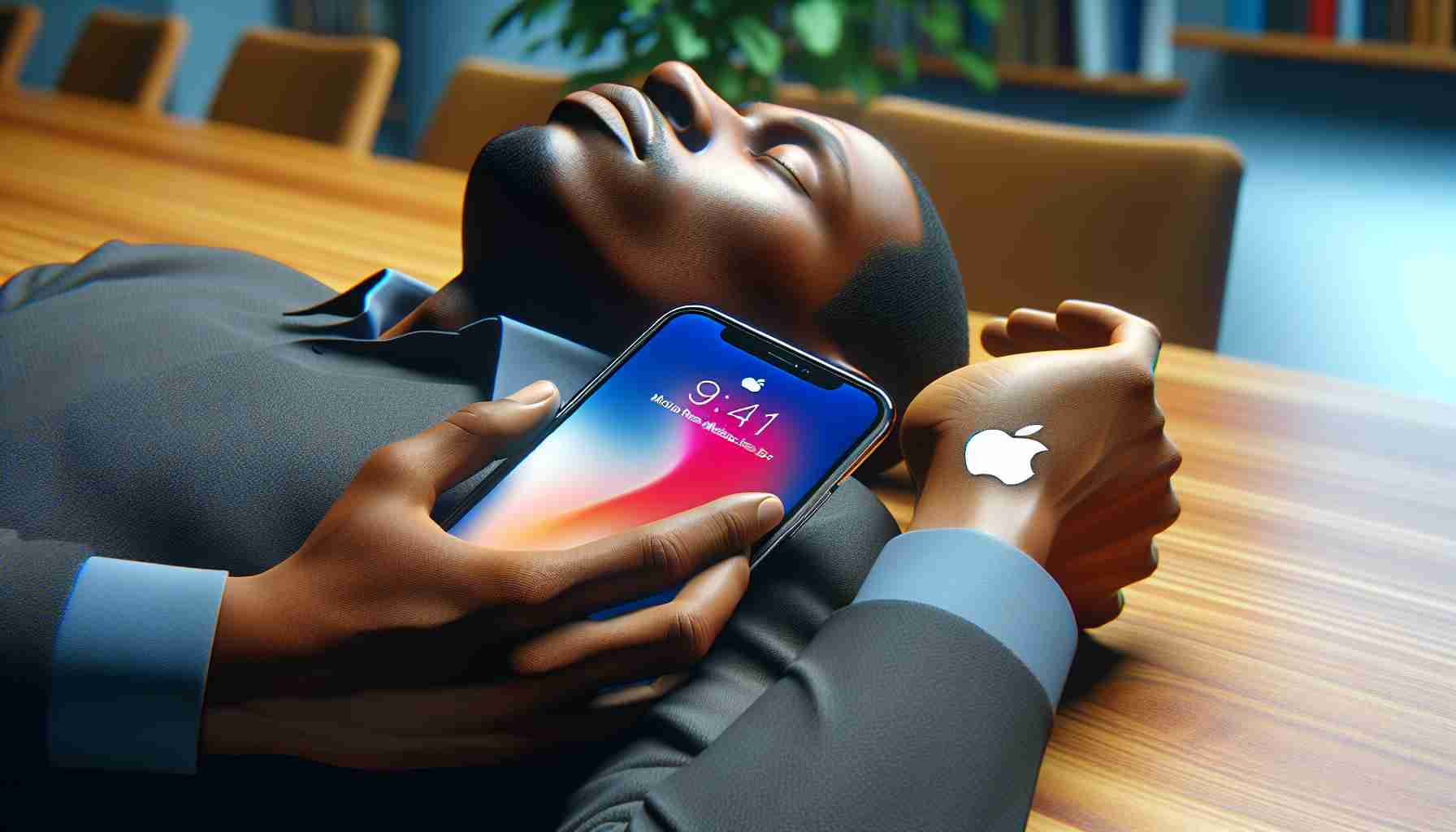Apple Unveils Motion Sickness Reduction Feature for iOS Devices
Apple aims to enhance the user experience for iOS device owners by introducing a novel function to combat motion sickness. Recognizing the discomfort caused by the sensory mismatch experienced by users in moving vehicles, Apple has developed the “Vehicle Motion Cues” option. This innovative solution employs animated indicators along the screen margins to mirror vehicular movement, effectively minimizing the sensory discord while preserving the integrity of the displayed content.
Incorporating the advanced sensors found in both iPhones and iPads, the Vehicle Motion Cues feature springs into action when it senses that the device is inside a moving vehicle. Users are afforded the flexibility to enable it manually or allow it to function automatically by adjusting settings within the Control Center.
Innovative Accessibility Enhancements on the Horizon
Strengthening its commitment to inclusivity, Apple has announced a suite of features tailored for individuals with disabilities. Eye tracking technology is now poised to redefine interaction, granting users the capacity to navigate apps and execute various commands using only eye movements.
The integration of voice control, distinct color filters, and sound recognition in CarPlay signifies another leap forward, particularly benefiting those with auditory impairments. These tools not only facilitate voice-directed commands but also provide auditory cue notifications, like recognizing emergency vehicle sirens.
Music Haptic: A New Sensory Experience for Music Lovers
Expanding upon its accessibility offerings, Apple has crafted the Music Haptic functionality, which promises to create an immersive musical experience for those with hearing difficulties. Through subtle vibrations and patterns, the Taptic Engine on iPhones will convey musical elements in a tangible form, spanning millions of tracks within the Apple Music library.
These updates, anticipated to arrive with the release of iOS 18 later in the year, signal Apple’s continuous efforts to ensure a barrier-free and comprehensive user experience.
Apple’s introduction of the Vehicle Motion Cues feature could represent a significant benefit for users who experience motion sickness while using their iOS devices in moving vehicles. The sensory mismatch that causes motion sickness occurs when the vestibular system in the inner ear detects motion, but the eyes are focused on a stationary object like a smartphone screen, leading to a disconnect between what the body feels and what the eyes see.
Important Questions:
1. How does motion sickness impact mobile device usage?
Motion sickness can deter users from engaging with their devices while in transit, resulting in reduced productivity and enjoyment. By implementing the Vehicle Motion Cues feature, Apple is directly addressing this problem, potentially improving the comfort of users who suffer from motion sickness.
2. What are the challenges of creating a feature like Vehicle Motion Cues?
The challenges may include ensuring that the animated indicators are effective for a wide range of users and do not become a distraction themselves. Additionally, Apple would have to optimize the feature’s responsiveness and accuracy in detecting the motion of the vehicle.
3. Are there any controversies surrounding such features?
While there are no specific controversies mentioned in the article, privacy concerns could arise regarding the use of sensors to detect vehicle movement. There could also be debates on whether features like this encourage the use of devices in scenarios (like driving) where attention may be better focused elsewhere.
Advantages and Disadvantages:
Advantages:
– Reduces the discomfort of motion sickness for mobile users in vehicles.
– Increases accessibility for users with disabilities.
– Enhances the inclusivity of Apple’s products.
– Encourages the use of iOS devices in a wider range of environments and situations.
Disadvantages:
– There is a possibility that these added visual cues could become a distraction to some users, potentially creating a new issue while solving another.
– The feature may use more power, possibly reducing battery life.
Apple’s efforts to address motion sickness through the Vehicle Motion Cues feature, along with their broader accessibility improvements, demonstrate a commitment to serving a diverse customer base and catering to the unique needs of individuals. For more information on Apple’s initiatives and their device capabilities, you can visit Apple’s official website at Apple.
In conclusion, Apple’s commitment to enhancing user experience and accessibility is evident through their continuous innovation in functionalities such as the Vehicle Motion Cues, eye-tracking technology for disabled users, and haptic feedback for the hearing impaired. These features mark an attempt to make technology more inclusive and user-friendly for everyone.
